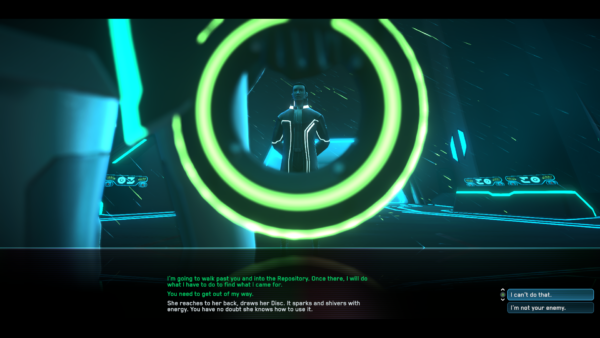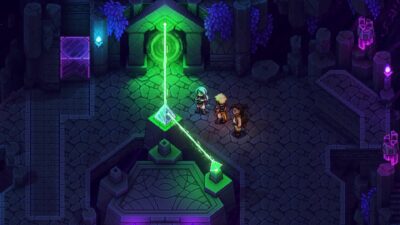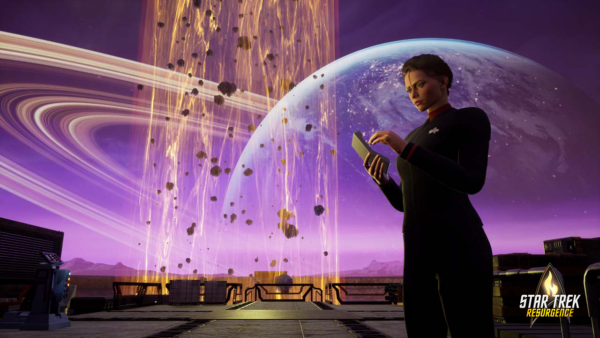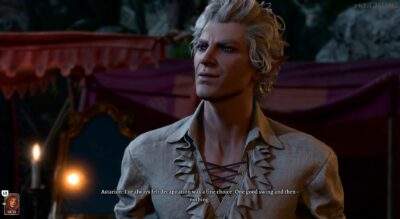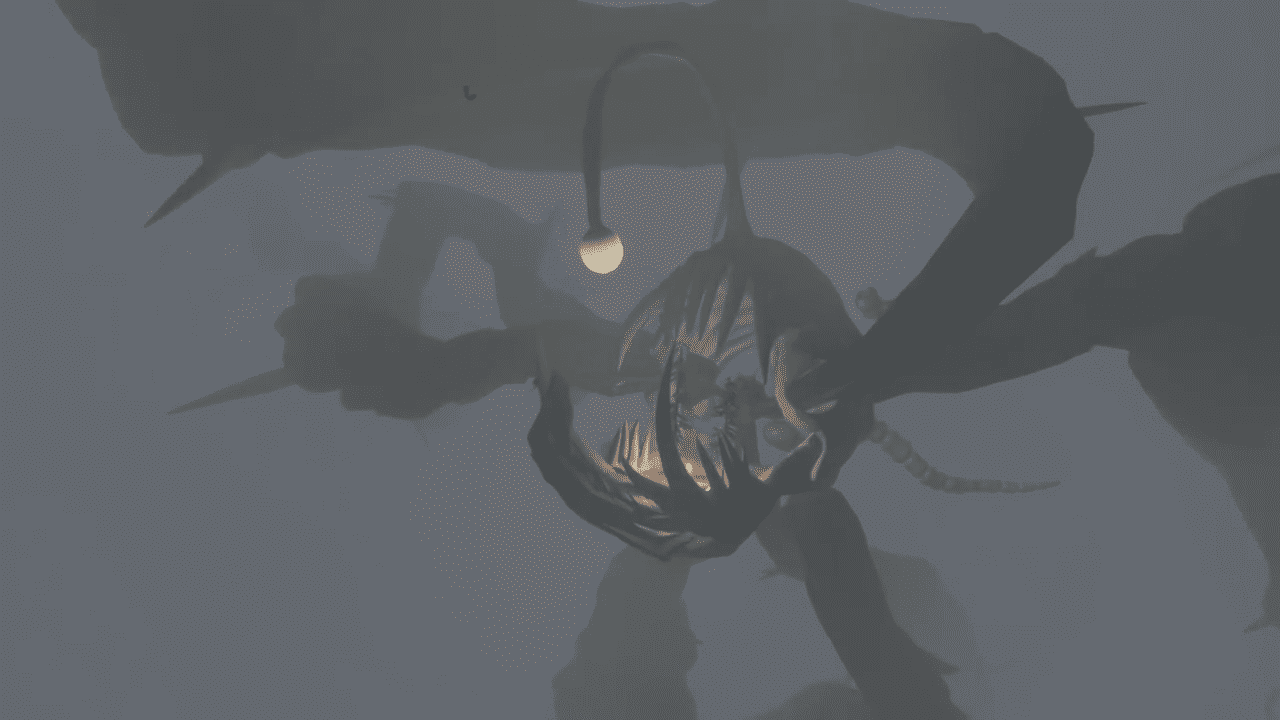
Frustration and beauty awaits in Mobius Digital’s space-faring adventure, Outer Wilds. Here’s our review…
The first thing you see in Outer Wilds are planets. You open your eyes and there they are, twinkling in the night sky like the stars that surround them. Today is your big day – you’re going to leave your home planet Timber Hearth and its four-eyed inhabitants behind for the first time. Others like you have left and gone to chart the stars for decades, but your people are particularly fascinated by the Nomai, an ancient alien race that has left traces all over Outer Wilds’ small solar system.
You have a better chance of finding out what the Nomai were all about than anyone before you, thanks to a portable translation device allowing you to immediately make sense of Nomai writing no matter where you find it. And so, equipped with a number of hints on where to start your investigation and a ship that has frankly seen better days, you set off.
As a game about exploration, Outer Wilds encourages you to, well, explore, and doesn’t tell you much. On Timber Hearth, you can get to know your tools – how to locate signals with a tracking device, get a feeling for moving around in zero-G in your space suit, and practice landing your ship with a tiny spaceship model that honestly has nothing on the real thing. Even with this quasi-tutorial under your belt, Outer Wilds will be confusing for a while as you fiddle your way onto your first planet.
There’s a not inconsiderable chance you will literally and figuratively bounce off the physics in this game, but stick with it – you’ll soon get a feel for how everything handles. I chose Giant’s Deep as my first destination, a planet fantastically unsuitable to make your first landing on, because most of its surface is water. In true video game fashion, I opened my ship’s hatch to see how long I could swim for, which turned out not to be very long, and died. That’s how I found out about Outer Wilds’ loop. It turns out you can’t die without starting where it all began, Groundhog Day-style. But while everything around you resets, your memory stays intact.
You die exactly every 22 minutes in a manner I won’t spoil for you if you haven’t heard about it yet, but until then, the solar system is your oyster. In the face of games like No Man’s Sky and its endless universe, a system of six planets doesn’t sound like much to explore, but there’s astounding depth to Outer Wilds that makes every bit of progress feel like a revelation. My first translation felt like an enormous find, because finally I was able to hear the Nomai, rather than hear about them, and instead of speaking in riddles, they discussed their work and their findings in a manner that was refreshingly normal. Uncovering more translations didn’t make me revere that mysterious civilisation, it was more like checking in on what my pals the Nomai were up to; it’s a unique approach with a completely different tone to most other exploration games.
Even small successes, like landing your rickety ship without breaking something or discovering a good deal of leads in a single time loop, feel really good – your ship logs your progress for you, including new rumours and locations, and I watched the log grow with a satisfaction bordering on smugness. To turn rumours into finds, you need to employ a true explorer’s mindset, since Outer Wilds never goes out of its way to disclose a location. It doesn’t even describe what exactly you’re looking for most
of the time.
Each planet is a distinct entity in every way. From its landscape to its gravity, no planet quite feels like the other, and each is continuously on its way around the sun. Their relationship to one another, as well as to the sun, can lead to new discoveries if you time it right, which is a great way to make use of the 22-minute loop. The icy crust of a planet called The Interloper, for example, will melt when the planet gets close to the sun, allowing you to access the caves beneath. Another symbiosis also leads to one of my more memorable deaths – two planets called Ash and Ember share a gravitational field and a lot of sand, which gave them the name Hourglass Twins. A badly-timed jump with my jetpack left me stuck in one of Ember’s crevices, where the sand pulled in from Ash slowly drowned me.
Outer Wilds isn’t morbid or unfair, but it does ask you to take risks in the name of exploration, and you can go through a frustrating amount of loops before a particular jump works out or you have the planet memorised enough to be able to efficiently go about your business. The time loop did cause me unwanted tension, if rarely so, making me aware that after a crooked landing and orienting myself, only so much time remained for actual exploration.
More often, it was the need for jetpack fuel or oxygen that ended an excursion prematurely, or hitting my head during a jump. While I understand the need for some realism and challenge, these elements did hamper my enjoyment. Nevertheless, the palpable sense of progression and the beautiful way in which Outer Wilds builds and rewards curiosity kept me going to discover a solar system – and a people – rich with character.
Highlight
After a long time alone, it can feel great to find one of the other travellers camping out on the various planets. They’re always good for a chat and a valuable source of hints, too. You can find them by following the sound of their instruments across the solar system.
Verdict
A beautiful but occasionally frustrating gem, cleverly playing with time and hiding many secrets.
80%
Genre: Adventure
Format: PC (tested) / XBO
Developer: Mobius Digital
Publisher: Annapurna Interactive
Price: £19.99
Release: Out now


